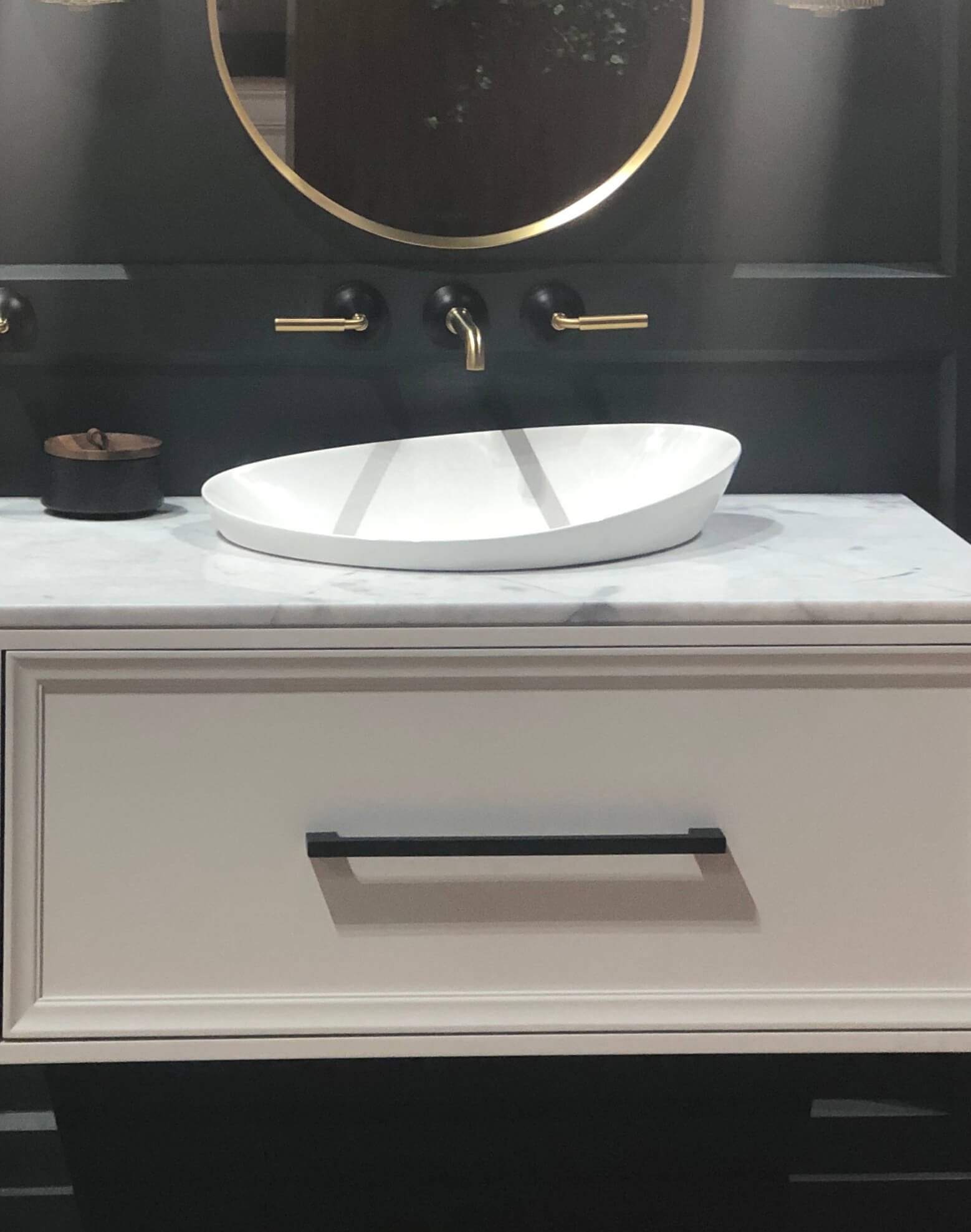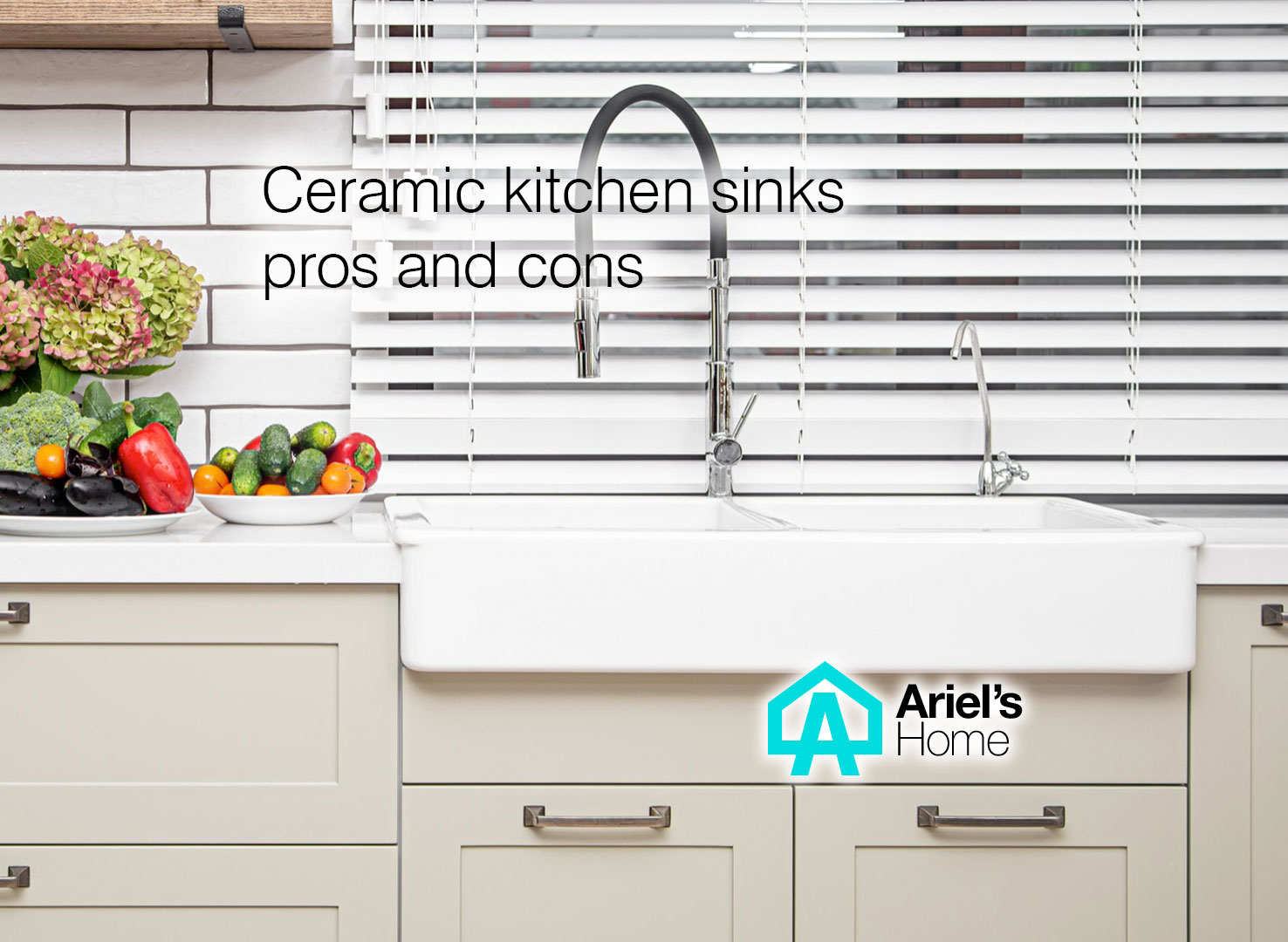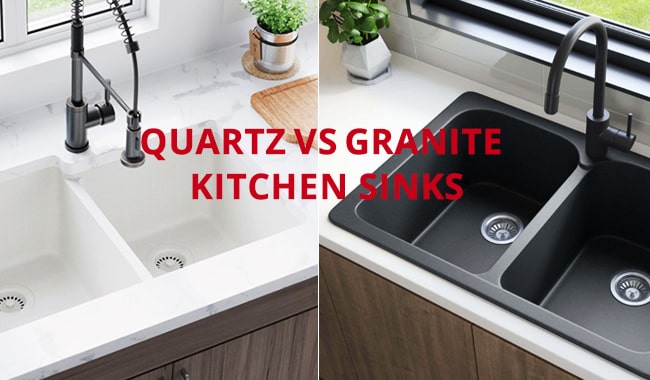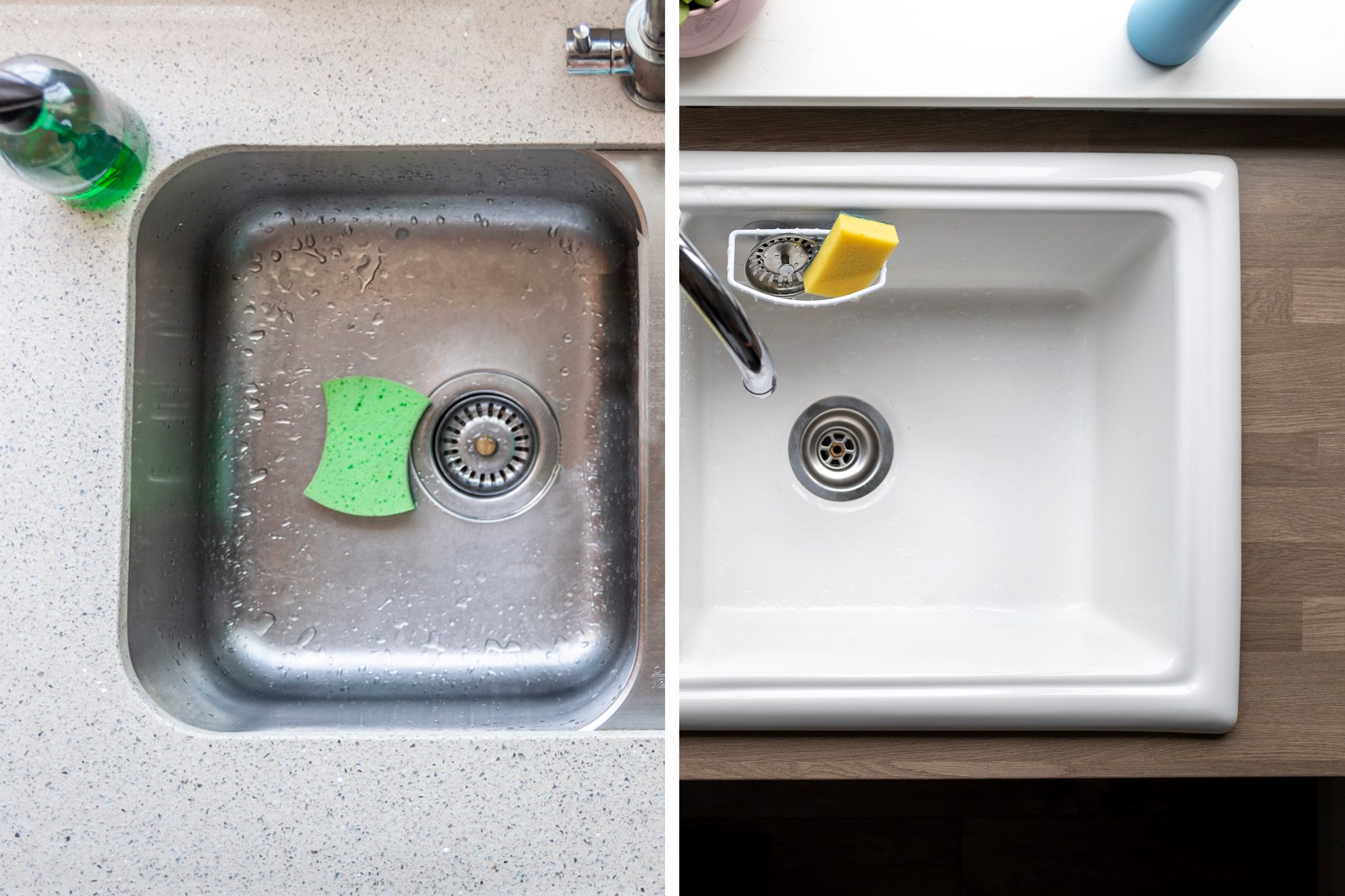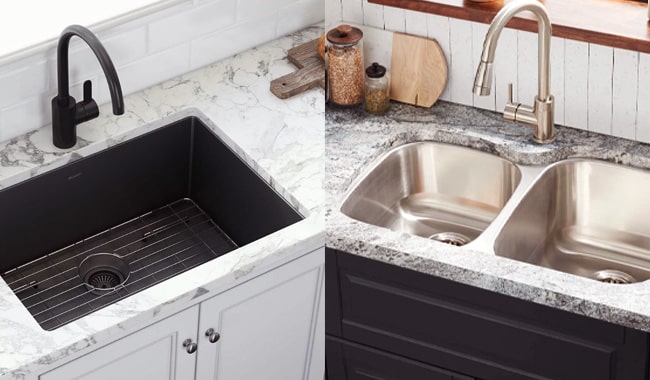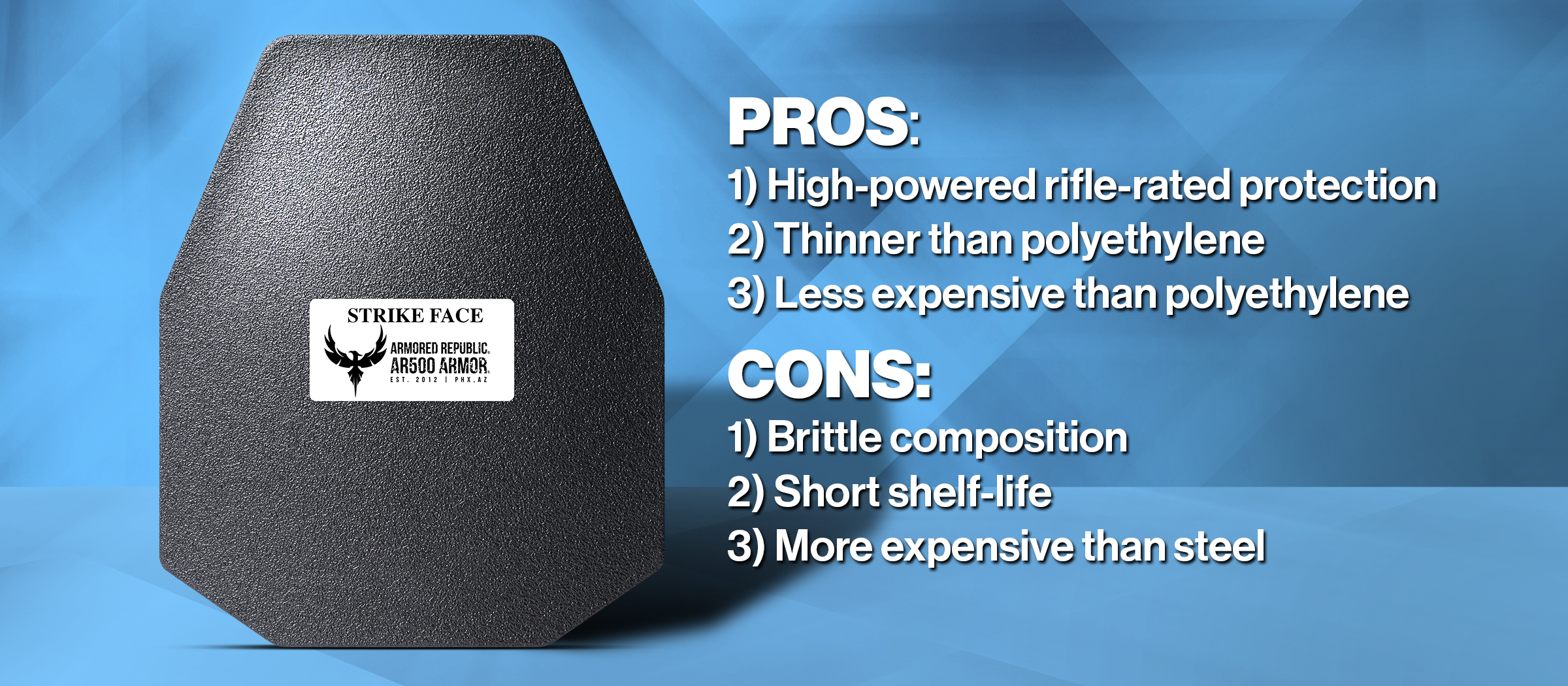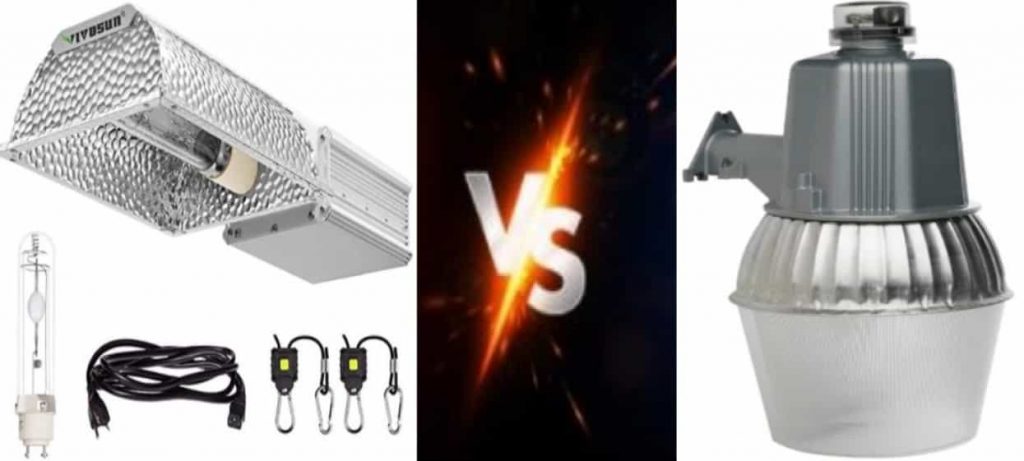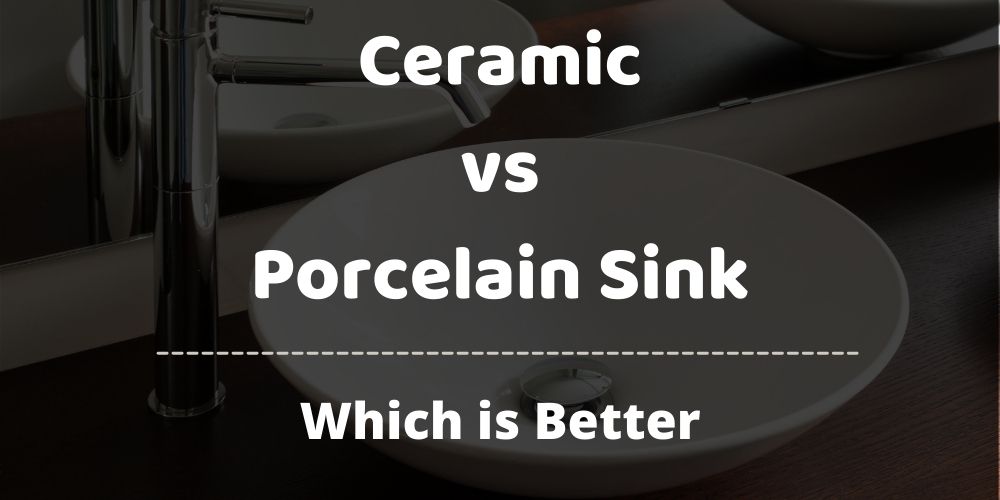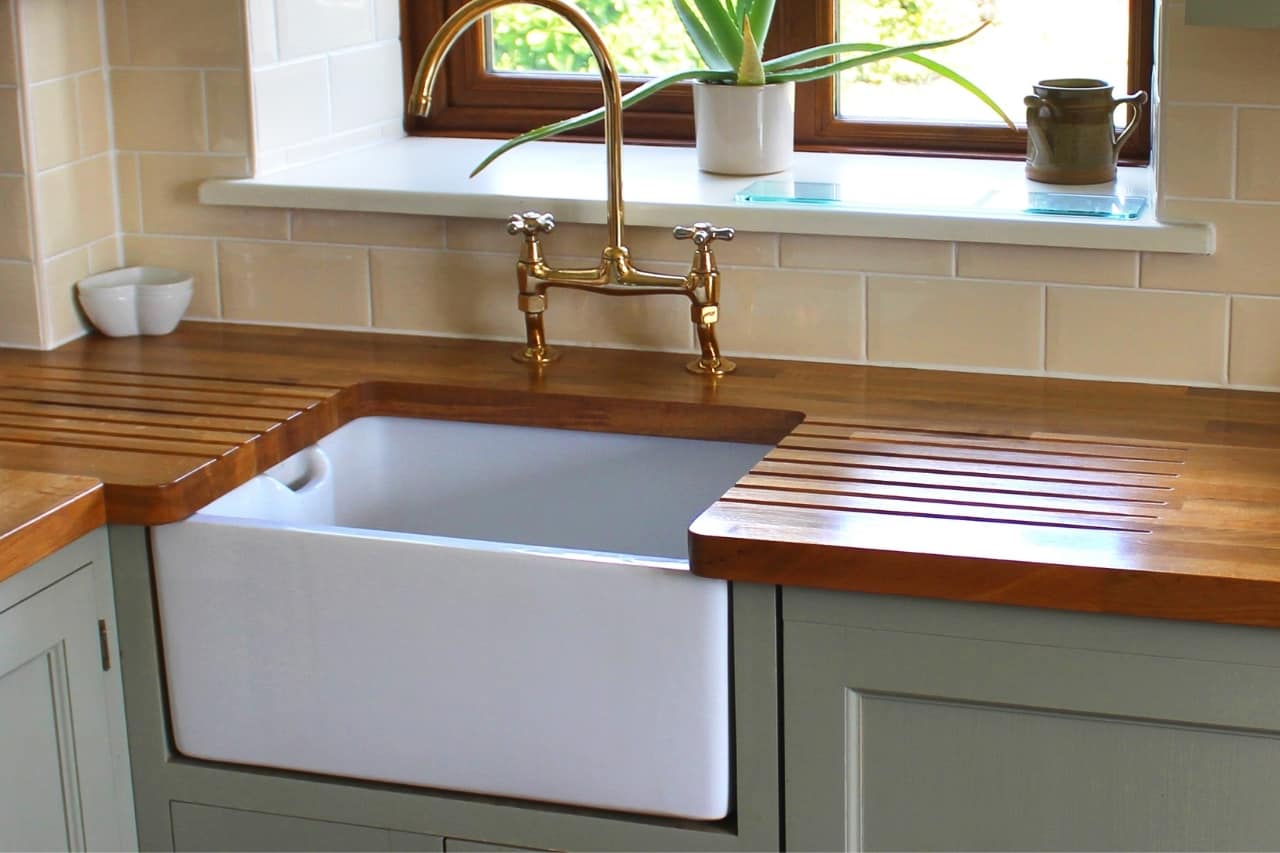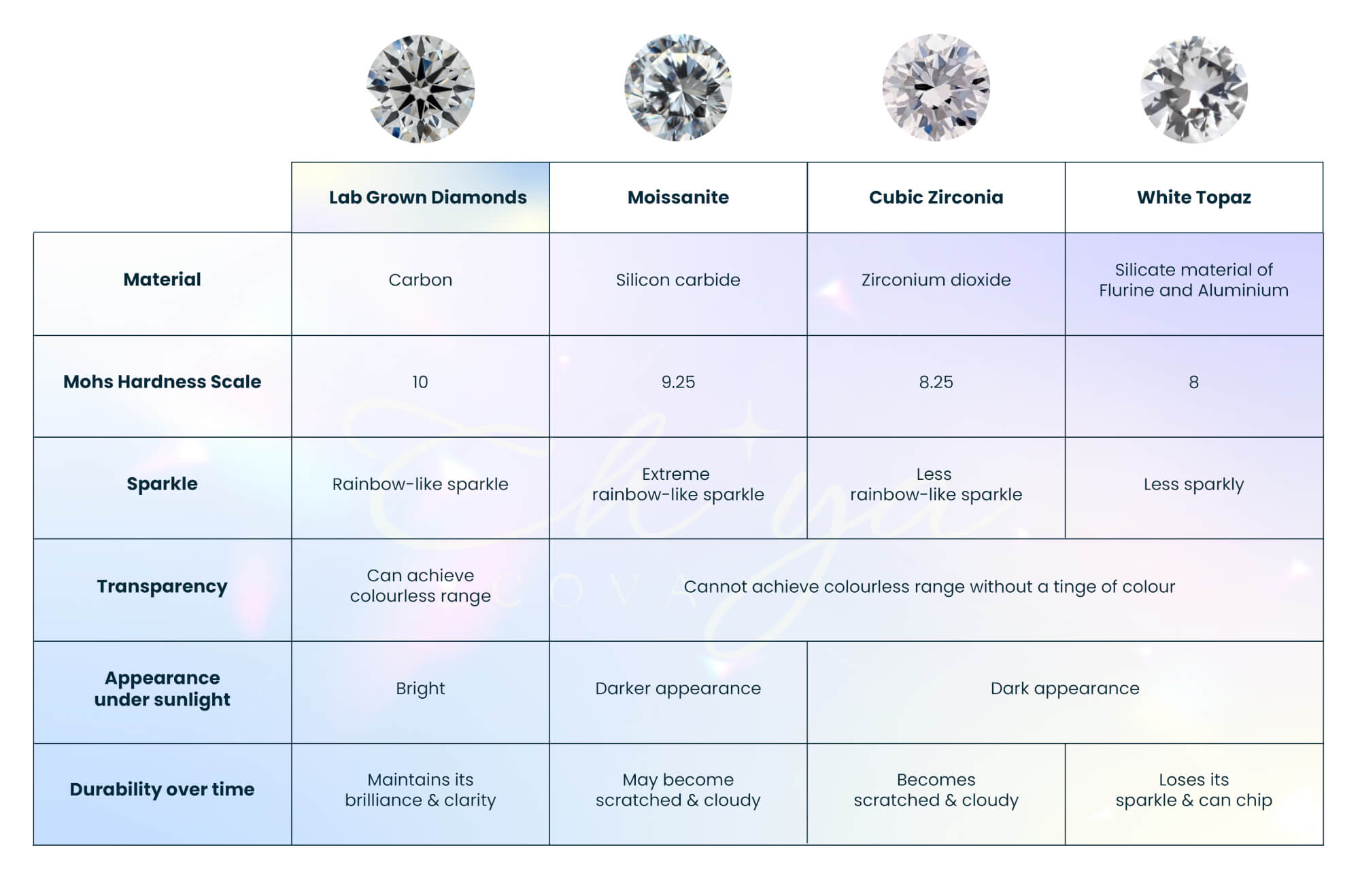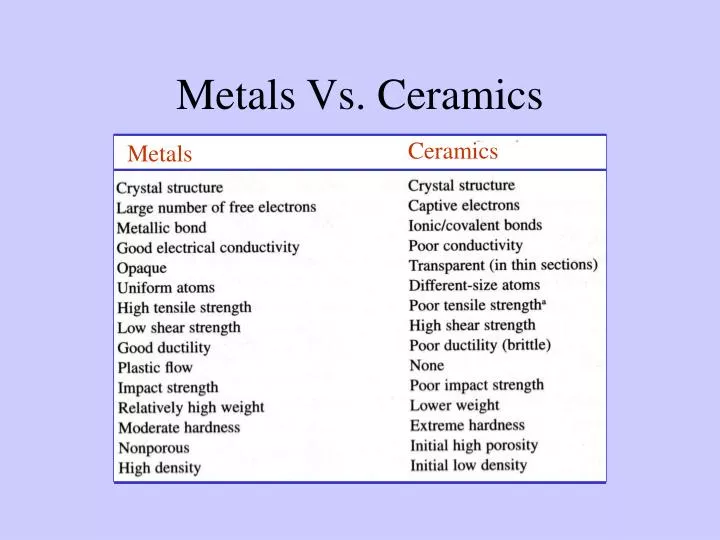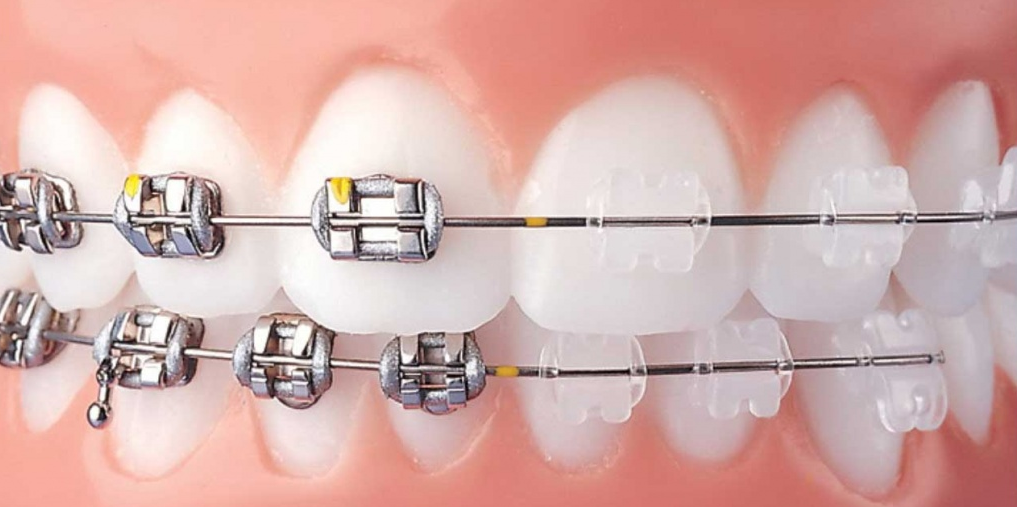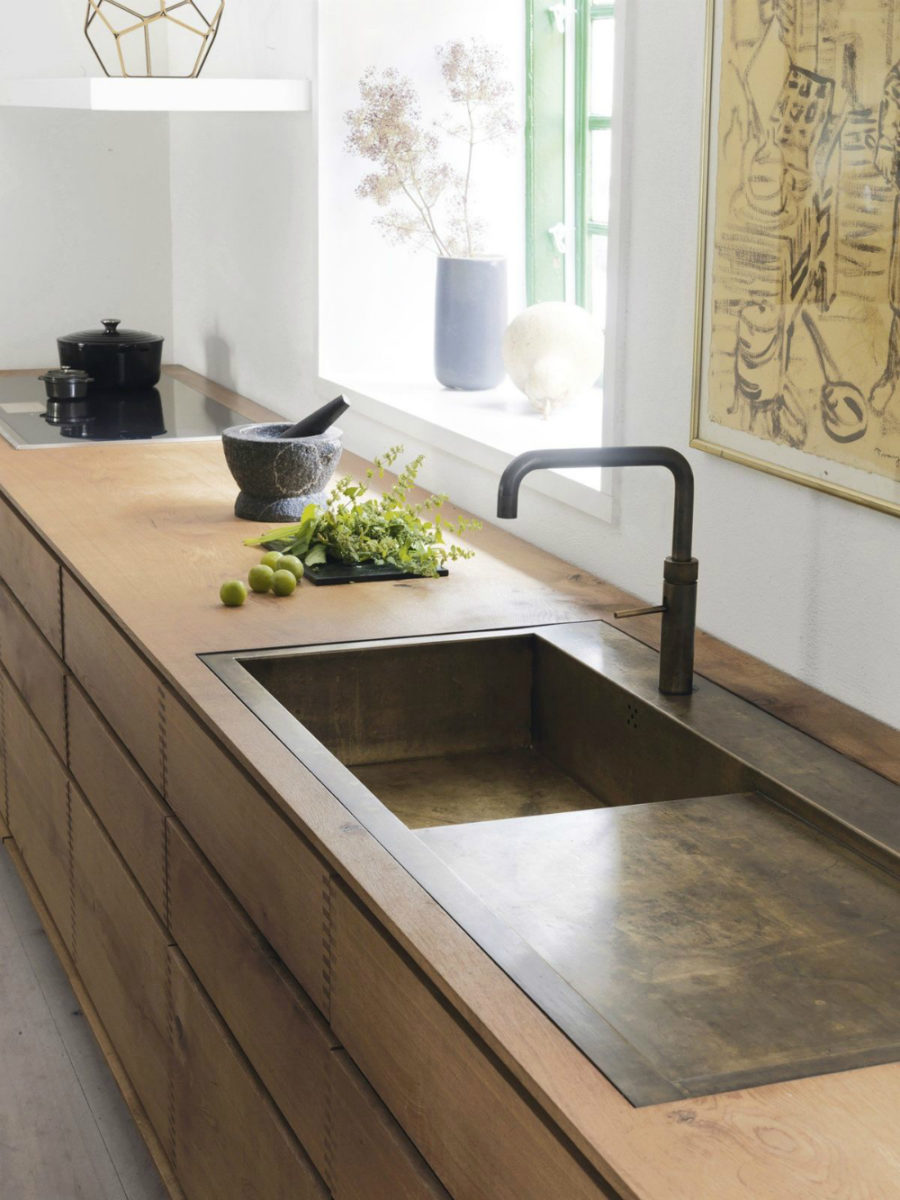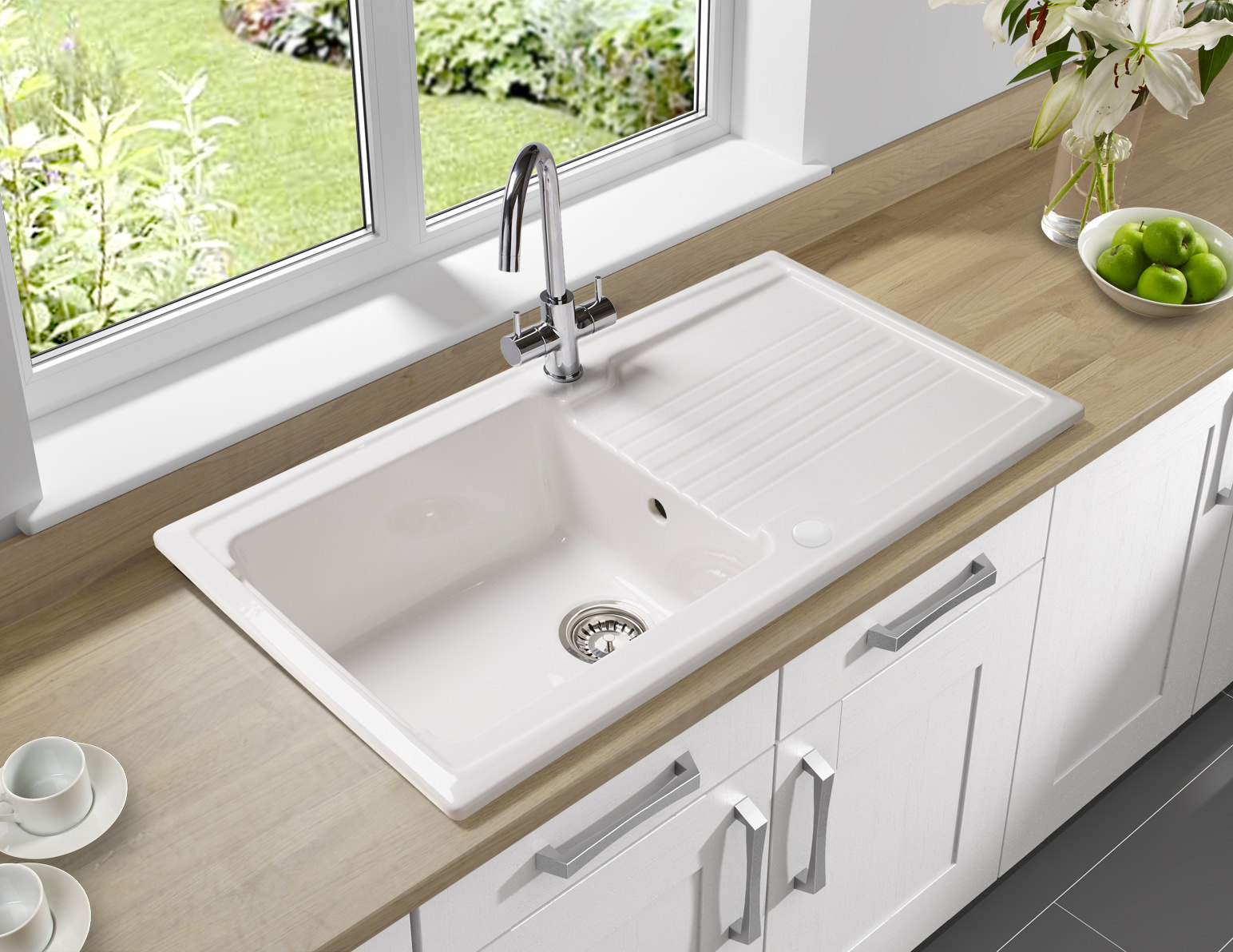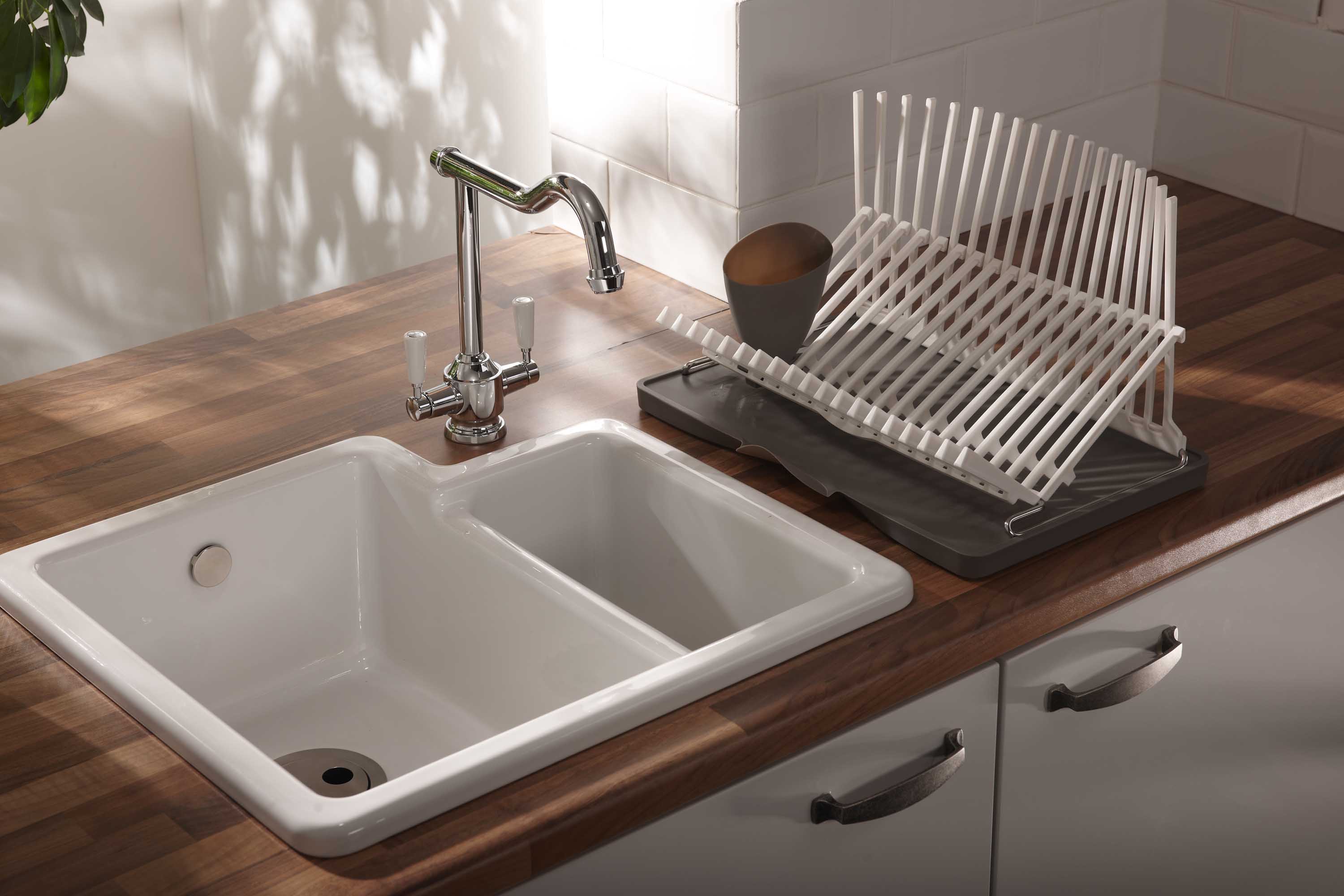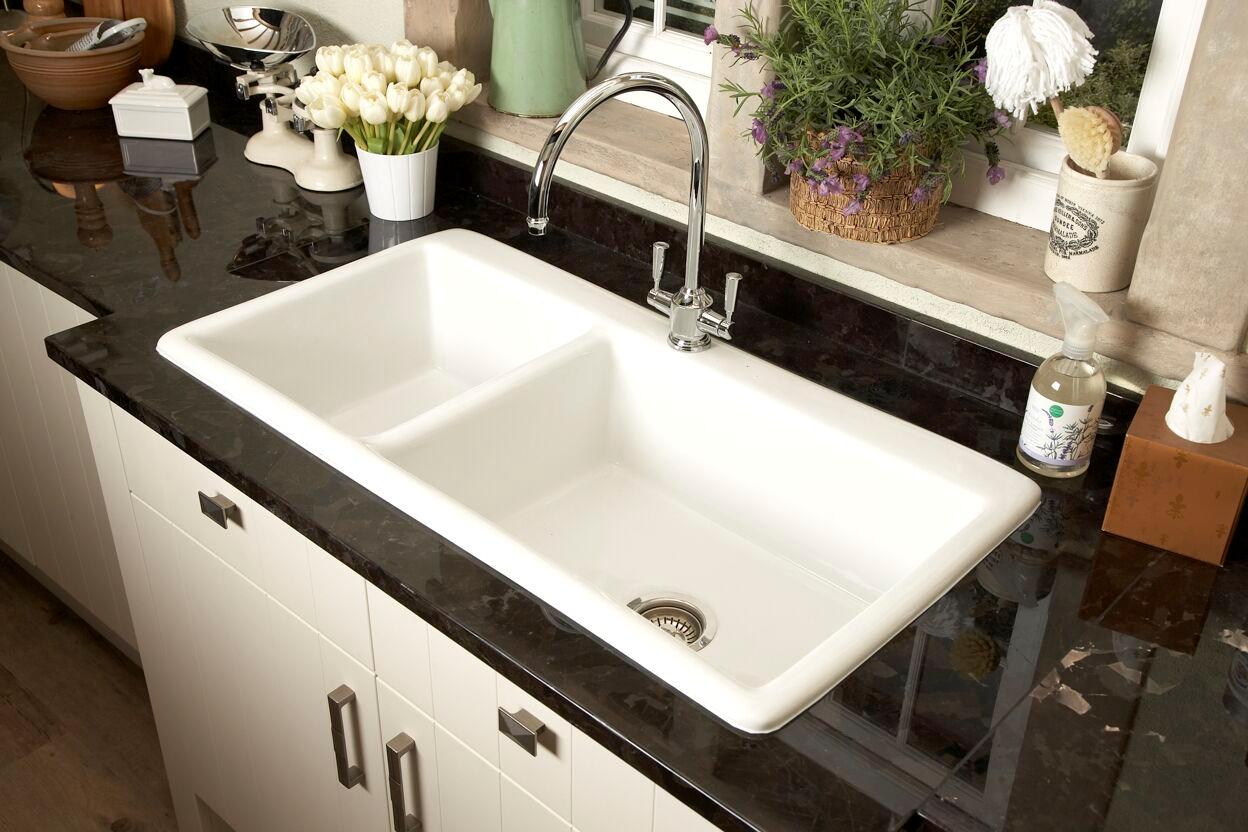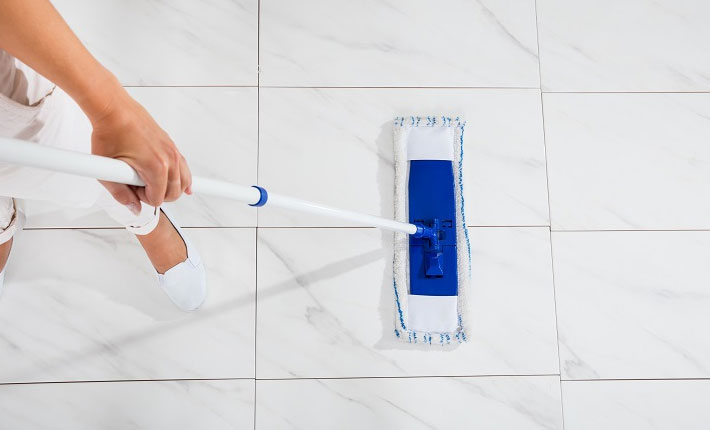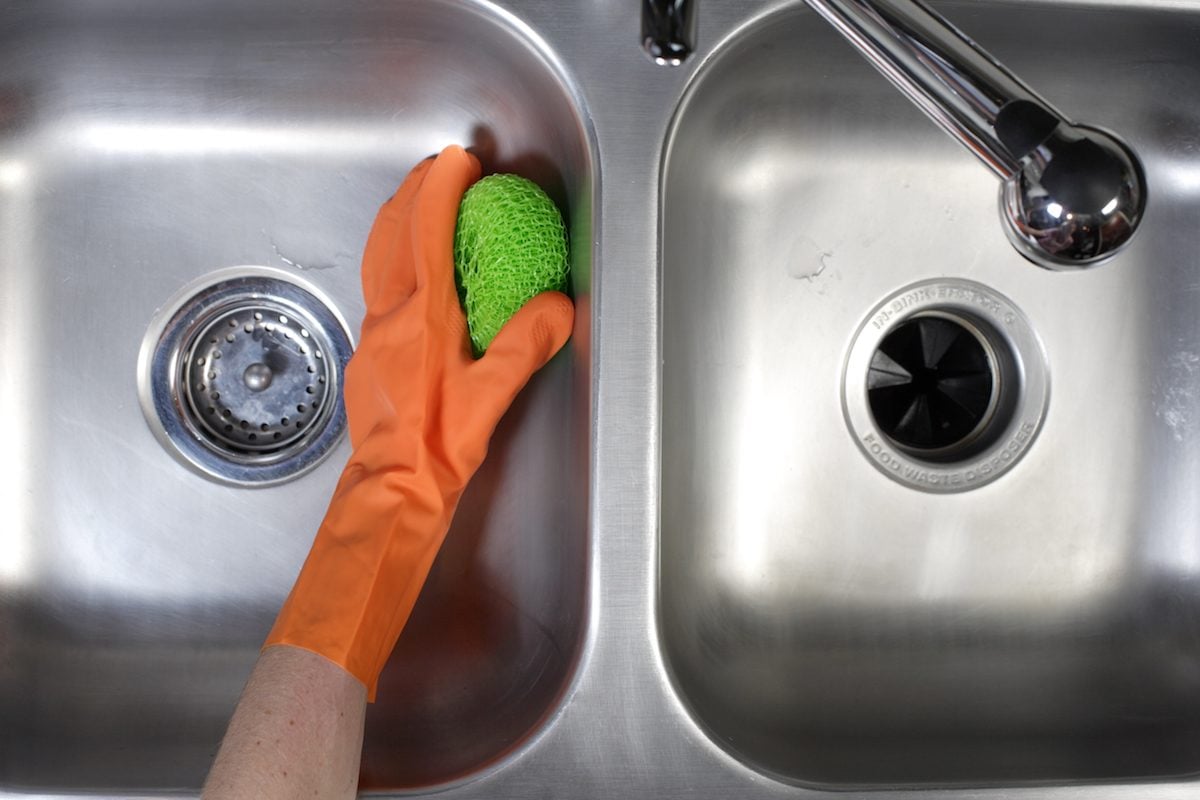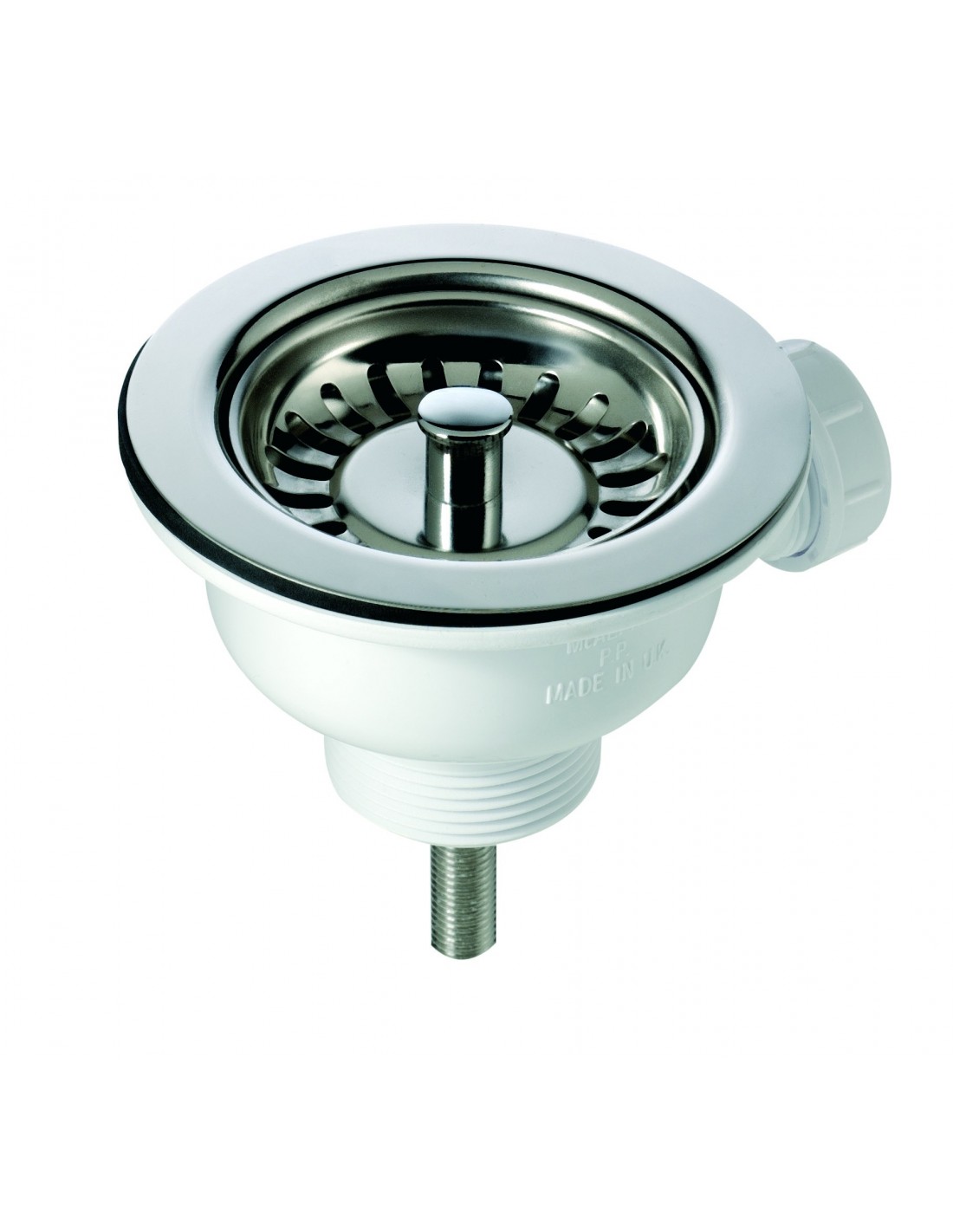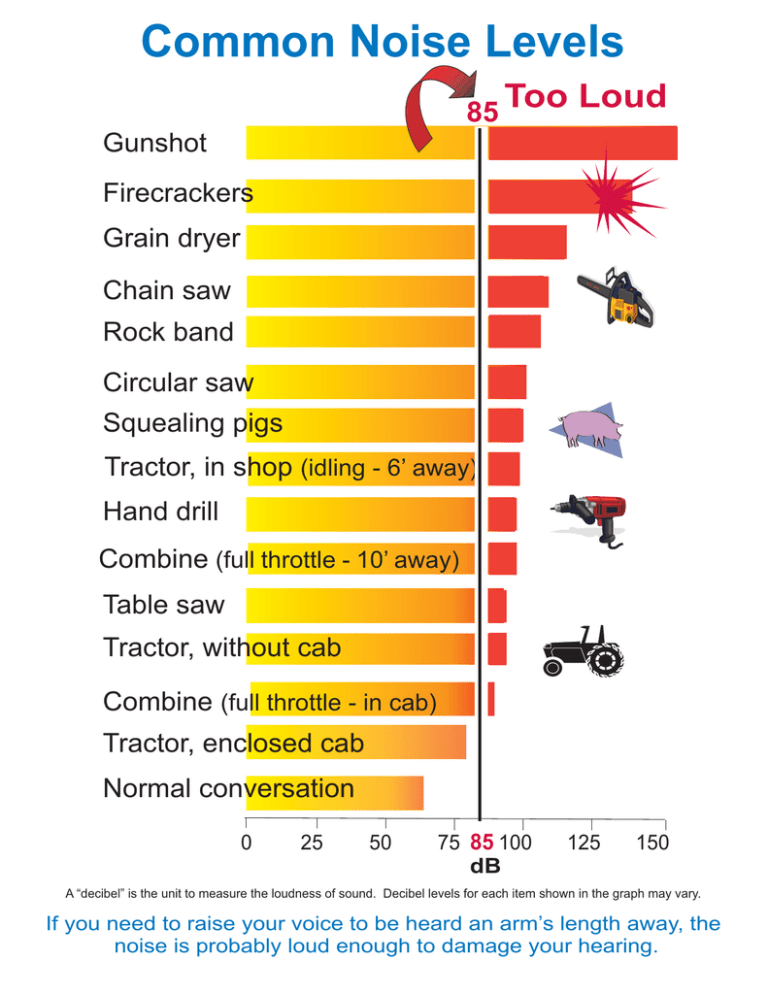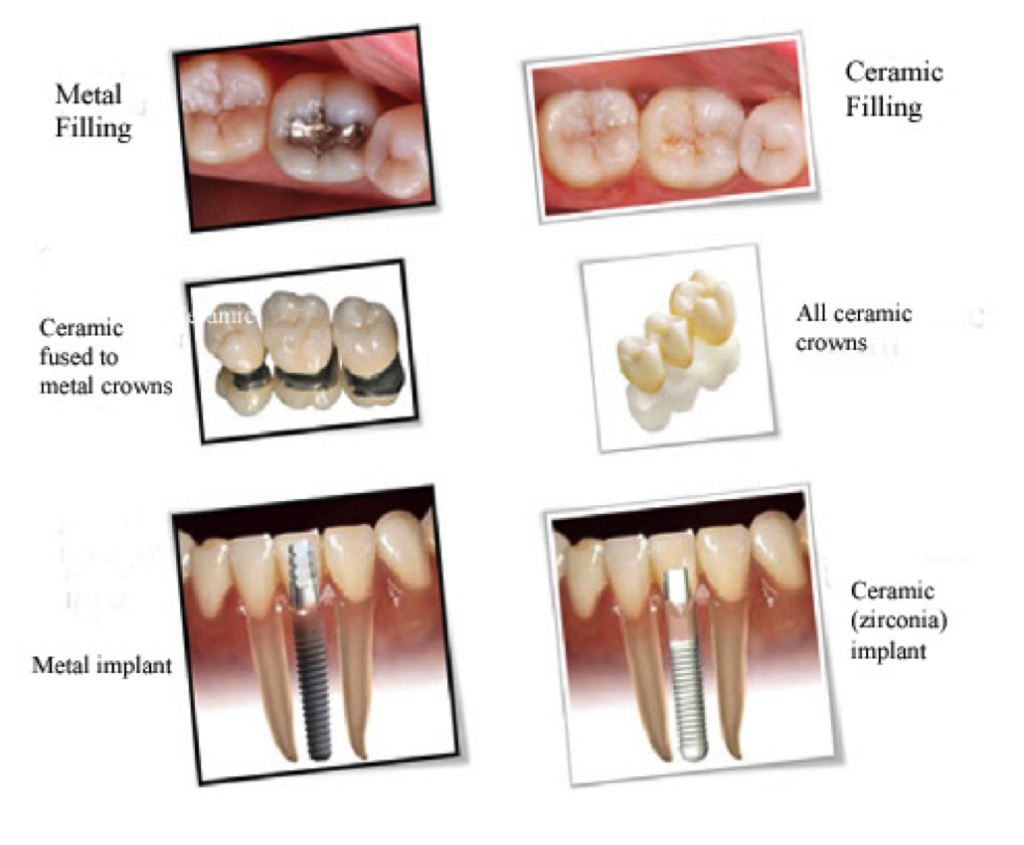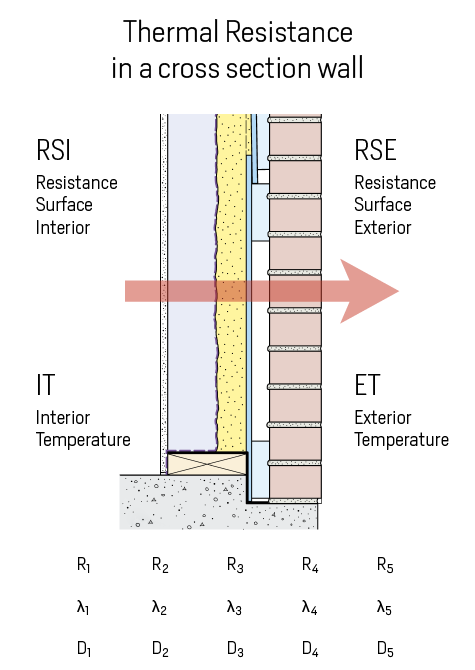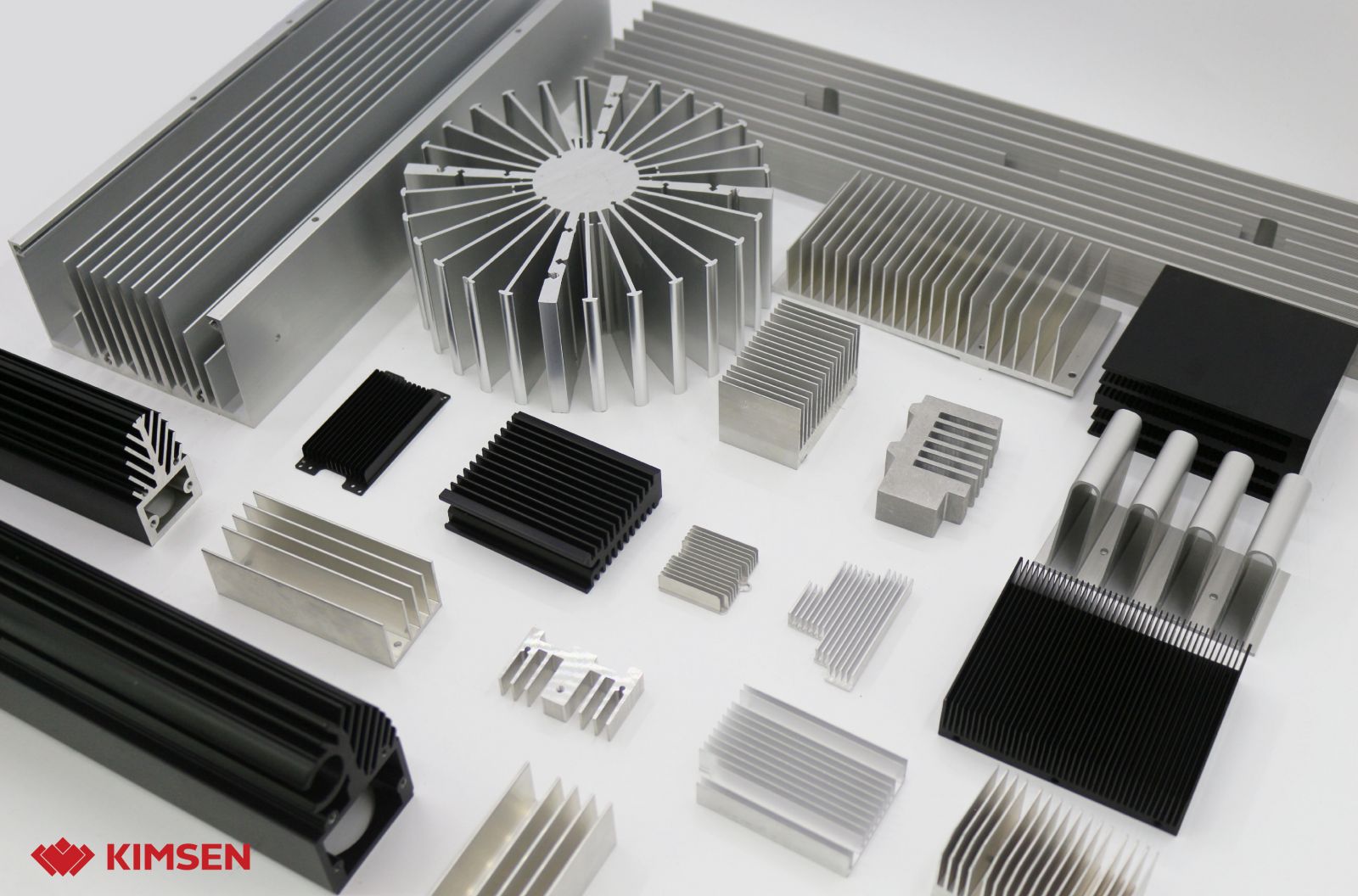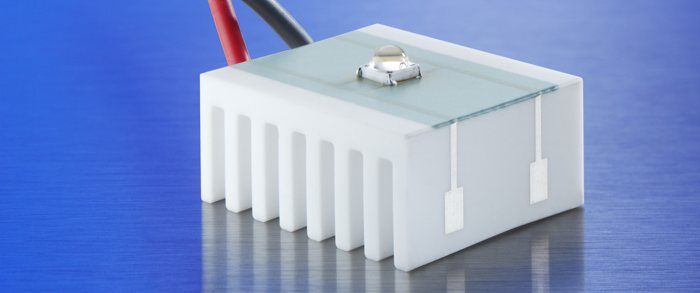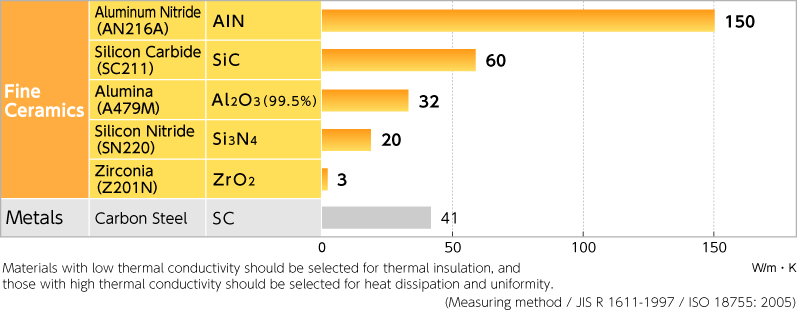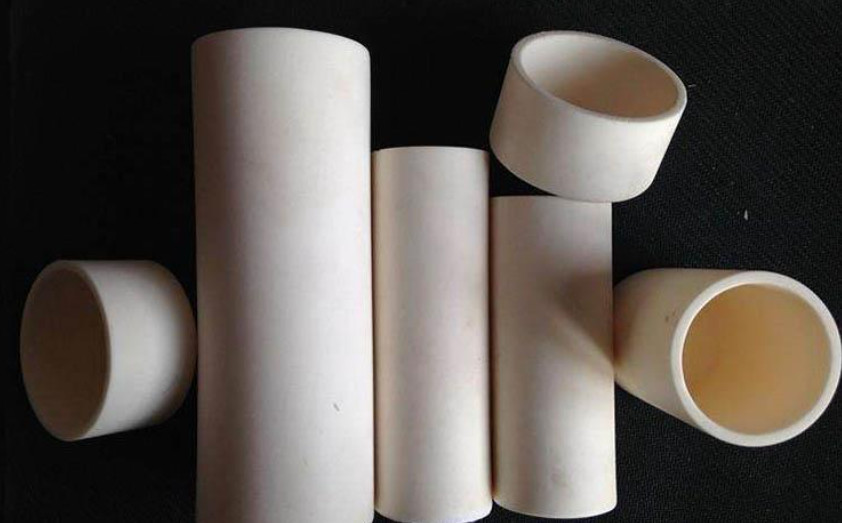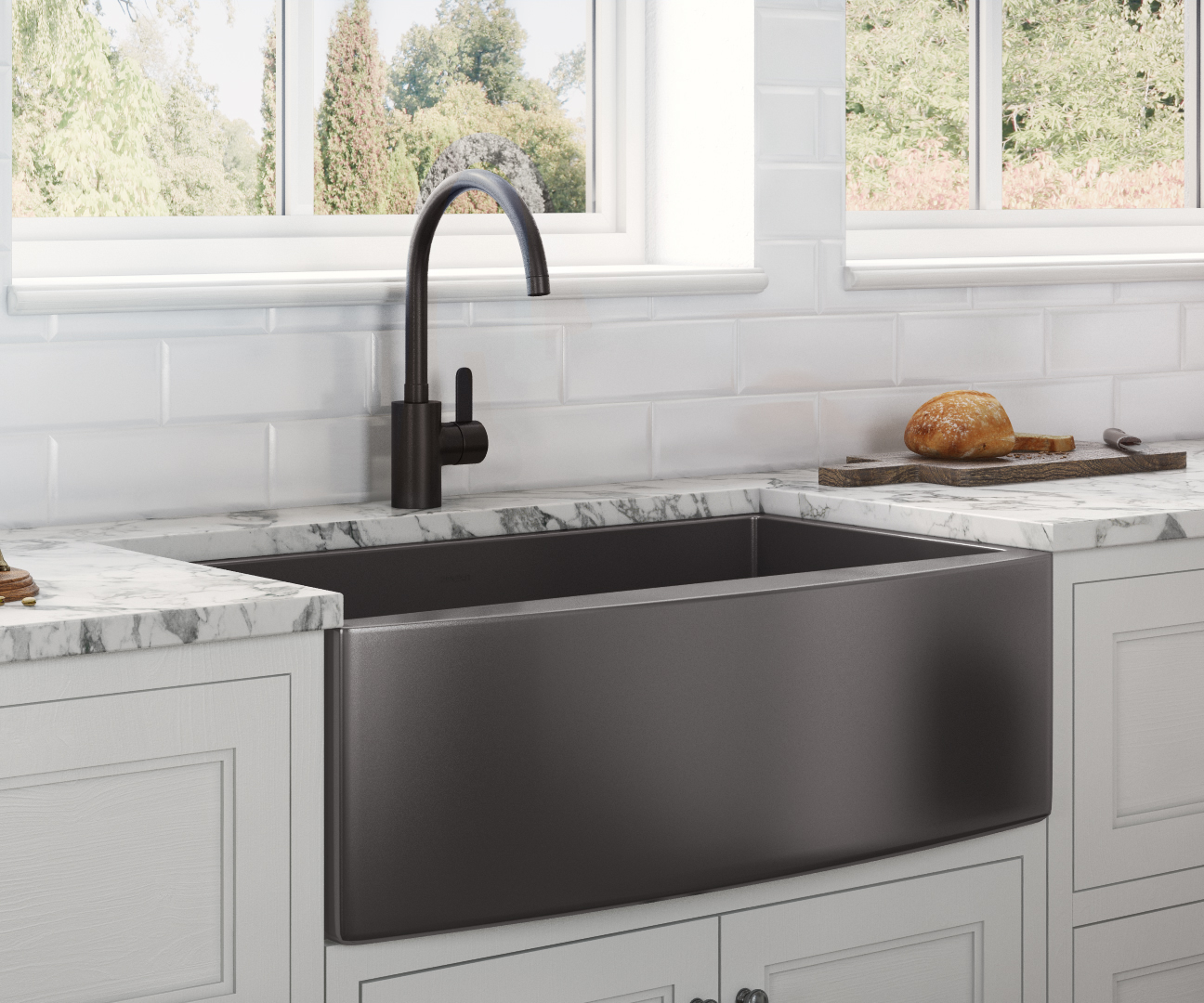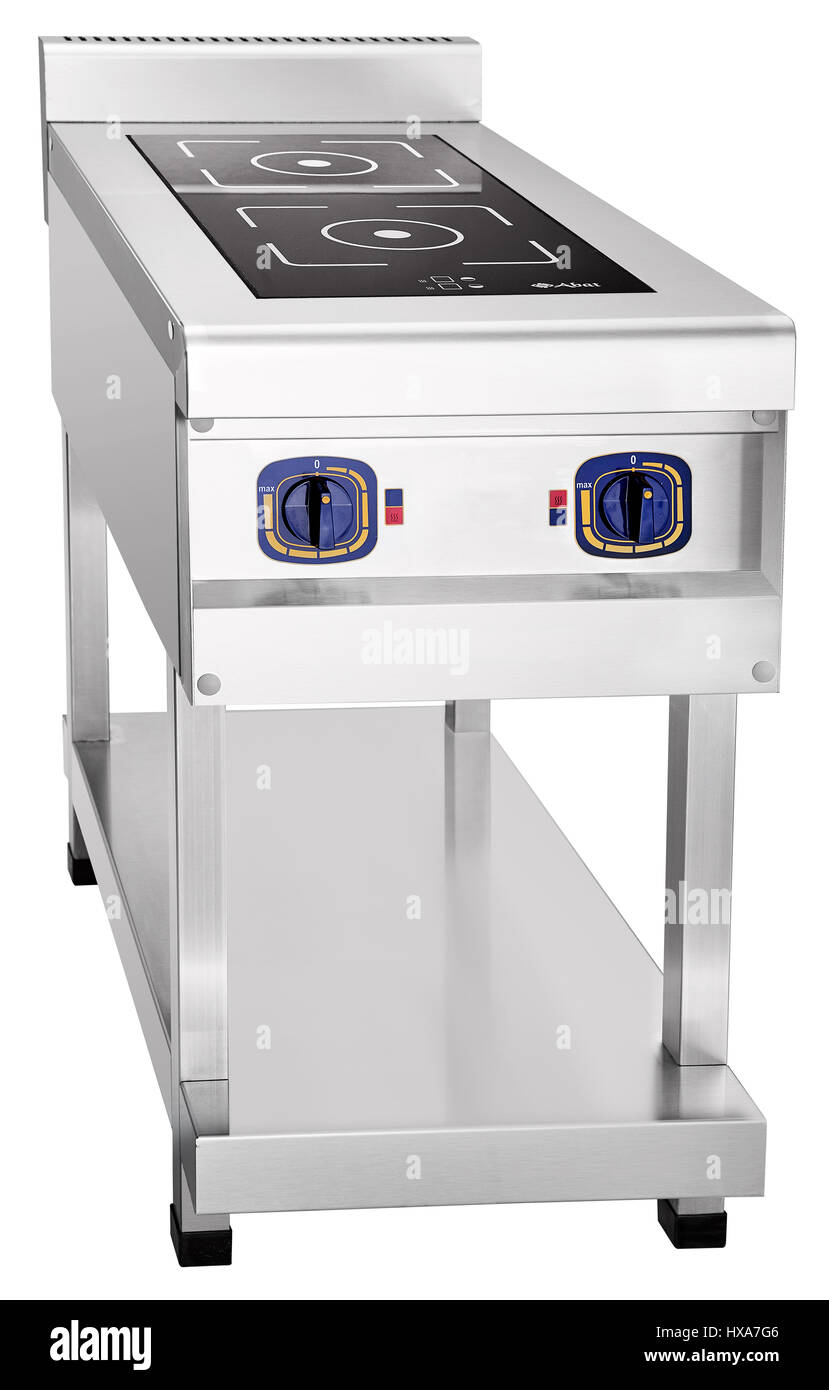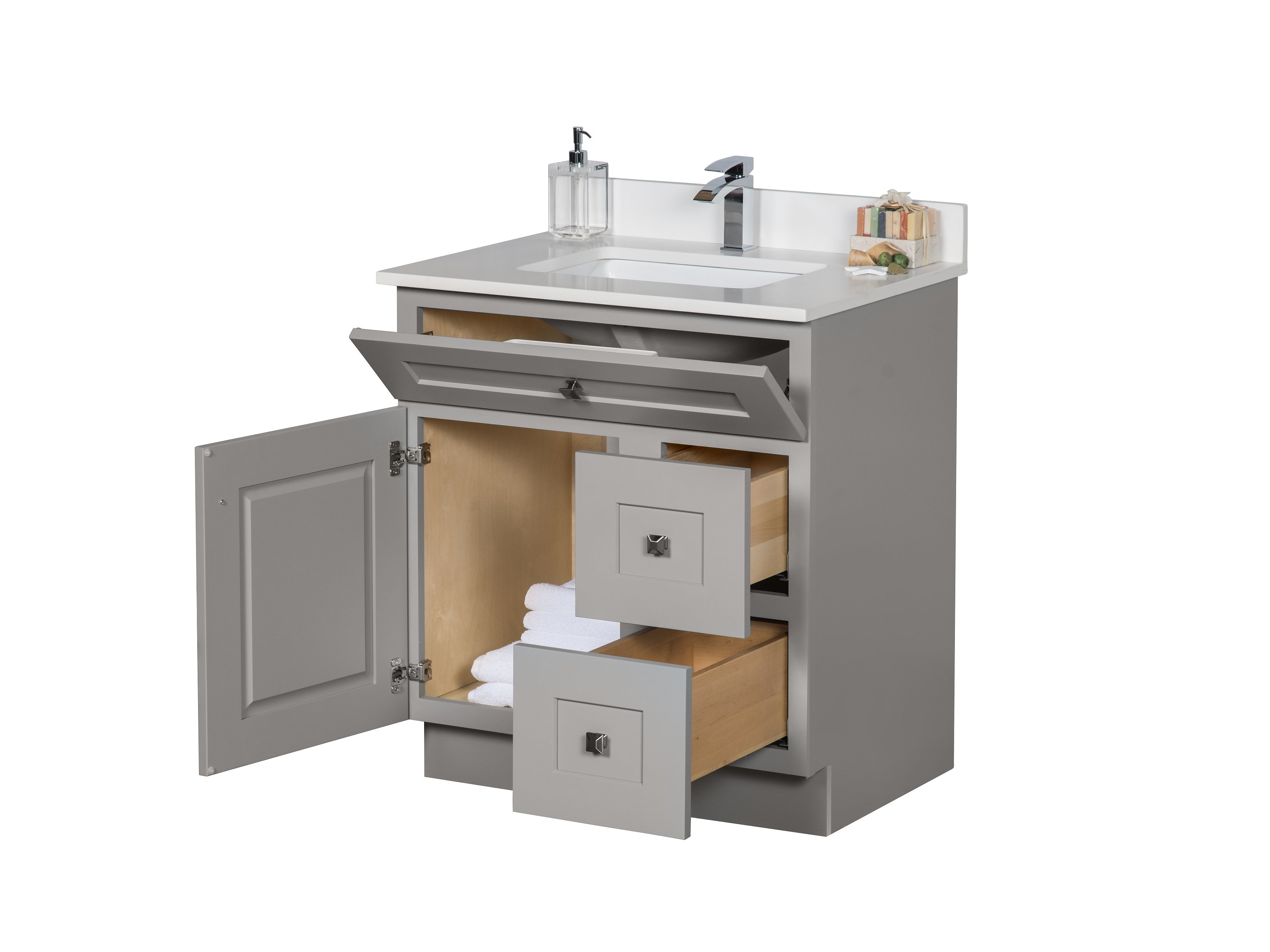When it comes to choosing a kitchen sink, two popular options are ceramic and metal sinks. Both have their own unique advantages and disadvantages, and it can be difficult to decide which one is the best fit for your kitchen. In this article, we will explore the pros and cons of ceramic kitchen sinks versus metal ones, to help you make an informed decision.Pros and Cons of Ceramic Kitchen Sinks vs Metal Ones
One of the most important factors to consider when choosing a kitchen sink is durability. Ceramic sinks are known for their strength and durability, as they are made from a combination of clay and other natural minerals that are fired at high temperatures. This makes them resistant to scratches, stains, and chips, and they can last for decades with proper care. Metal sinks, on the other hand, can vary in durability depending on the type of metal used. Stainless steel sinks are the most popular option and are known for their durability and resistance to corrosion. However, they can still dent and scratch over time. Other metal sinks, such as copper or brass, may be more prone to damage and require more maintenance.Comparison of Durability between Ceramic and Metal Kitchen Sinks
Another important factor to consider is the cost of the sink. Generally, ceramic sinks tend to be more expensive than metal sinks. This is due to the materials used and the manufacturing process. However, the cost can vary depending on the brand, size, and design of the sink. Metal sinks are generally more affordable, with stainless steel being the most budget-friendly option. However, more expensive metals such as copper or brass can significantly increase the cost. It's important to keep in mind that the cost of installation may also vary depending on the type of sink.Cost Comparison: Ceramic vs Metal Kitchen Sinks
Both ceramic and metal sinks offer a wide range of design options to suit any kitchen style. Ceramic sinks are available in a variety of colors and patterns, making them a great choice for adding a pop of color to your kitchen. They also come in different shapes and sizes, including farmhouse and undermount options. Metal sinks, especially stainless steel, are known for their sleek and modern look. They are also available in a range of sizes and configurations, including undermount, top mount, and farmhouse styles. Additionally, some metal sinks offer unique features like built-in drainboards or integrated cutting boards.Design Options for Ceramic and Metal Kitchen Sinks
When it comes to maintenance and cleaning, both ceramic and metal sinks have their own requirements. Ceramic sinks are relatively low maintenance, as they are resistant to stains and easy to clean with soap and water. However, they can be prone to scratches, so it's important to avoid using harsh scrubbers or abrasive cleaners. Metal sinks, on the other hand, may require more attention to maintain their shine and prevent staining. Stainless steel sinks can be cleaned with a mild soap and water, but they may require a stainless steel cleaner for tougher stains. Other metals may require specific cleaners and polishes to keep them looking their best.Maintenance and Cleaning Tips for Ceramic and Metal Kitchen Sinks
Many people are also concerned about the environmental impact of their kitchen sink. Ceramic sinks are made from natural materials and are generally considered to be more environmentally friendly. However, the manufacturing process can still have an impact, especially if the sink is imported from a faraway location. Metal sinks, on the other hand, can also be environmentally friendly if they are made from recycled materials. Stainless steel sinks are often made from a high percentage of recycled steel, making them a sustainable choice. However, it's important to research the manufacturing process of the specific sink you are considering.Environmental Impact of Ceramic and Metal Kitchen Sinks
Another factor to consider is the noise level of the sink. Ceramic sinks are known for being quiet, as the material absorbs sound well. This can be a benefit for those with open-concept kitchens or who prefer a quieter environment. Metal sinks, on the other hand, can be noisier, especially when water is running or dishes are being washed. However, some metal sinks come with sound-dampening pads or coatings to reduce noise levels.Noise Levels: Ceramic vs Metal Kitchen Sinks
Both ceramic and metal sinks are generally heat-resistant, but it's important to be cautious with high temperatures. Ceramic sinks can withstand high heat from pots and pans, but they may be prone to cracks if a hot pan is dropped on them. Metal sinks, on the other hand, can handle high heat, but prolonged exposure to hot items can cause discoloration or damage.Heat Resistance: Ceramic vs Metal Kitchen Sinks
The installation process for both ceramic and metal sinks can also vary. Ceramic sinks are typically heavier and require extra support, which may increase the cost of installation. They may also require a special adhesive for mounting. Metal sinks, on the other hand, are generally easier to install and can be mounted with standard clips or brackets. However, some may require additional support, depending on the weight and size of the sink.Installation Process for Ceramic and Metal Kitchen Sinks
Finally, when considering the longevity of a kitchen sink, it's important to factor in the material and its durability. Ceramic sinks are known for their long lifespan and can last for decades with proper care. Metal sinks can also last a long time, but may require more maintenance and may be more susceptible to damage.Longevity of Ceramic and Metal Kitchen Sinks
The Benefits of Choosing a Ceramic Kitchen Sink
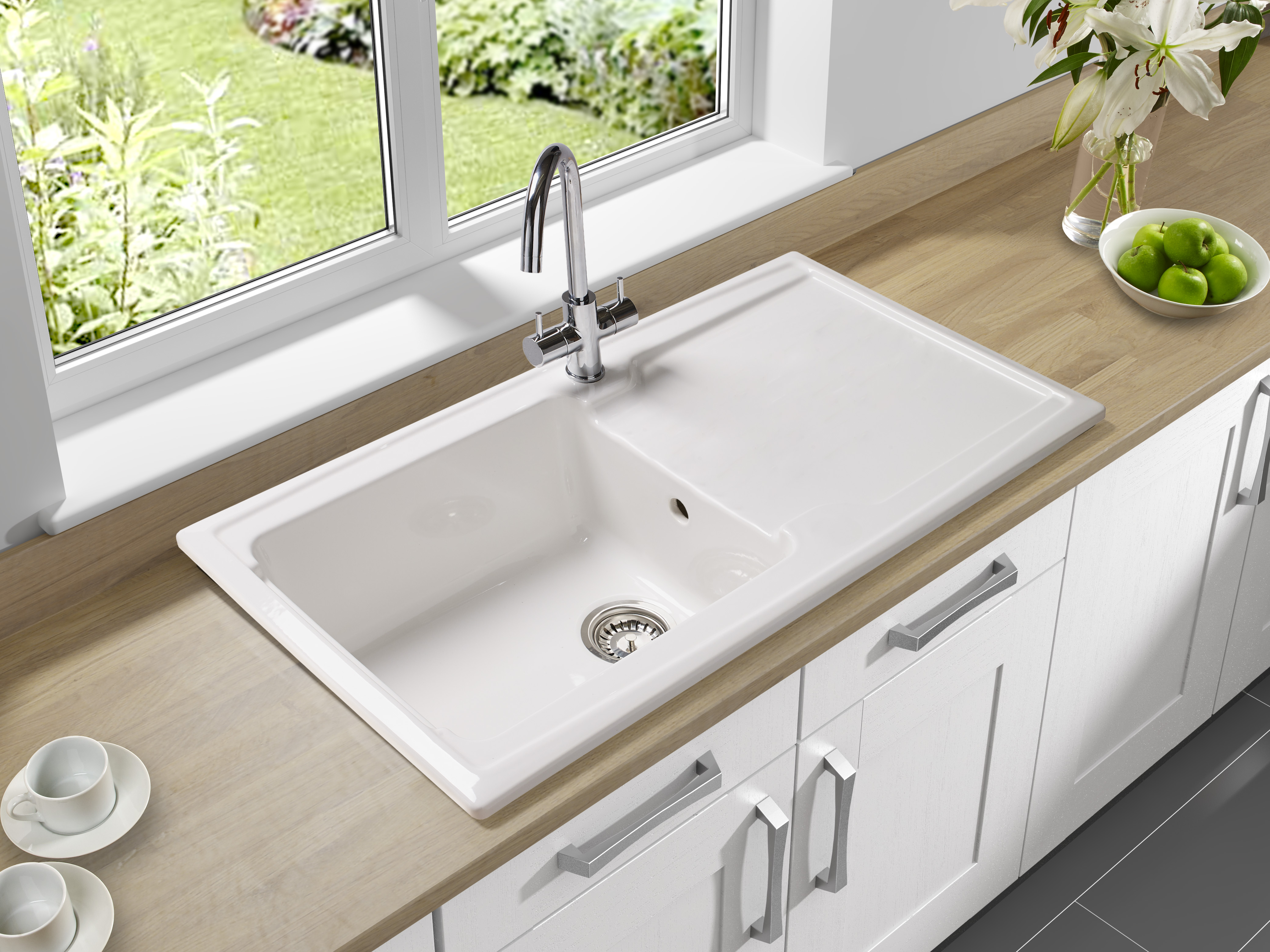
Why Ceramic Sinks are a Popular Choice for Modern Homes
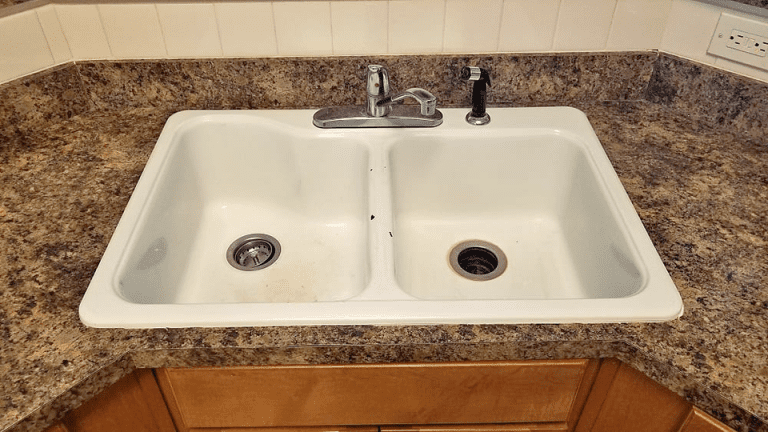 Ceramic kitchen sinks have been gaining popularity in recent years and for good reason. These sinks are not only aesthetically pleasing, but they also offer a range of benefits that make them a top choice for homeowners. When it comes to choosing between a ceramic kitchen sink and a metal one, here are some reasons why you should consider going for the former.
Ceramic kitchen sinks have been gaining popularity in recent years and for good reason. These sinks are not only aesthetically pleasing, but they also offer a range of benefits that make them a top choice for homeowners. When it comes to choosing between a ceramic kitchen sink and a metal one, here are some reasons why you should consider going for the former.
Durability and Resilience
 One of the main advantages of ceramic sinks is their durability and resilience. Ceramic is a strong and sturdy material that can withstand heavy everyday use without showing signs of wear and tear. This is especially important in a kitchen where the sink is constantly exposed to hot water, sharp utensils, and heavy pots and pans. Ceramic sinks are also resistant to scratches, stains, and chips, making them a long-lasting investment for your kitchen.
One of the main advantages of ceramic sinks is their durability and resilience. Ceramic is a strong and sturdy material that can withstand heavy everyday use without showing signs of wear and tear. This is especially important in a kitchen where the sink is constantly exposed to hot water, sharp utensils, and heavy pots and pans. Ceramic sinks are also resistant to scratches, stains, and chips, making them a long-lasting investment for your kitchen.
Easy Maintenance
 Ceramic sinks are relatively easy to maintain compared to other materials. They are non-porous, which means they do not absorb liquids or stains, making them hygienic and easy to clean. All you need is a mild soap and water to keep your ceramic sink looking sparkling clean. Additionally, ceramic is also resistant to most household cleaners, making it a low-maintenance option for busy homeowners.
Ceramic sinks are relatively easy to maintain compared to other materials. They are non-porous, which means they do not absorb liquids or stains, making them hygienic and easy to clean. All you need is a mild soap and water to keep your ceramic sink looking sparkling clean. Additionally, ceramic is also resistant to most household cleaners, making it a low-maintenance option for busy homeowners.
Design Versatility
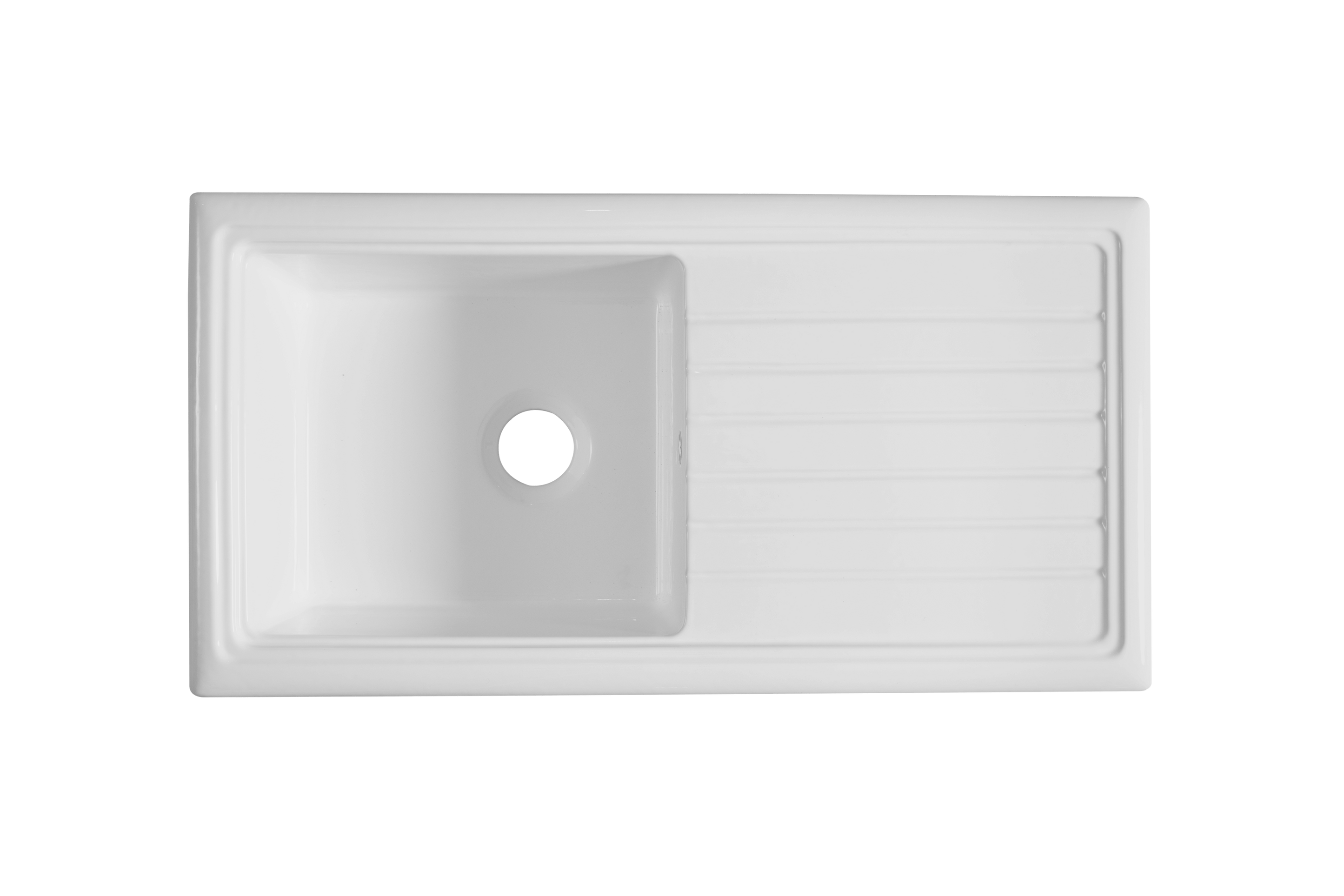 Ceramic sinks come in a wide range of colors, shapes, and sizes, giving you the freedom to choose one that best fits your kitchen design. Whether you prefer a classic white farmhouse sink or a bold colored one to add a pop of color to your kitchen, there is a ceramic sink to suit every style and taste. This versatility makes ceramic sinks a popular choice for modern homes.
Ceramic sinks come in a wide range of colors, shapes, and sizes, giving you the freedom to choose one that best fits your kitchen design. Whether you prefer a classic white farmhouse sink or a bold colored one to add a pop of color to your kitchen, there is a ceramic sink to suit every style and taste. This versatility makes ceramic sinks a popular choice for modern homes.
Heat Resistance
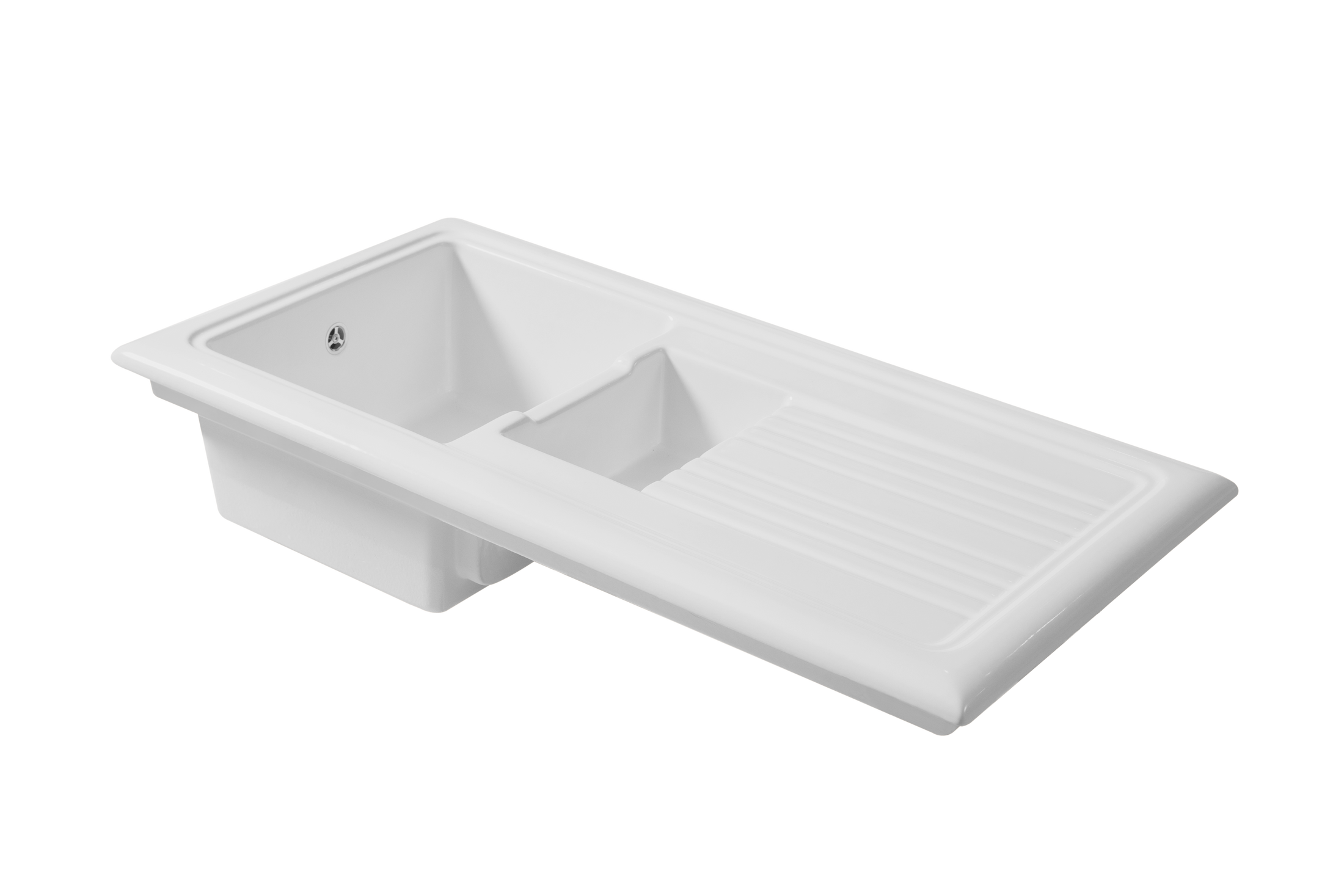 Ceramic is a heat-resistant material, making it ideal for use in a kitchen where hot pots and pans are a common occurrence. Unlike metal sinks, ceramic sinks will not become discolored or damaged when exposed to high temperatures. This makes them a practical choice for any home cook.
In conclusion,
while metal sinks may have their own set of advantages, it is clear that ceramic kitchen sinks offer a host of benefits that make them a top choice for modern homes. From their durability and ease of maintenance to their design versatility and heat resistance, ceramic sinks are a practical and stylish addition to any kitchen. So, when it comes to choosing your next kitchen sink, consider the many benefits that ceramic sinks have to offer.
Ceramic is a heat-resistant material, making it ideal for use in a kitchen where hot pots and pans are a common occurrence. Unlike metal sinks, ceramic sinks will not become discolored or damaged when exposed to high temperatures. This makes them a practical choice for any home cook.
In conclusion,
while metal sinks may have their own set of advantages, it is clear that ceramic kitchen sinks offer a host of benefits that make them a top choice for modern homes. From their durability and ease of maintenance to their design versatility and heat resistance, ceramic sinks are a practical and stylish addition to any kitchen. So, when it comes to choosing your next kitchen sink, consider the many benefits that ceramic sinks have to offer.


